Articles
May-June 2025
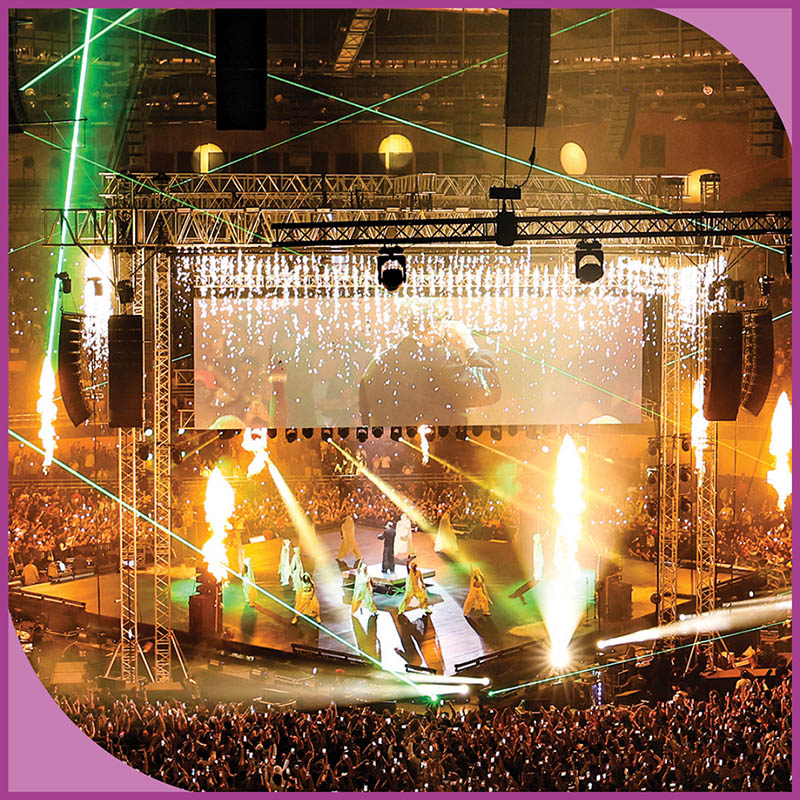
Warren D'Souza of SOUND.COM shares insights into India's evolving touring scene, highlighting logistics,
teamwork, and artist-focused sound execution.
read
more
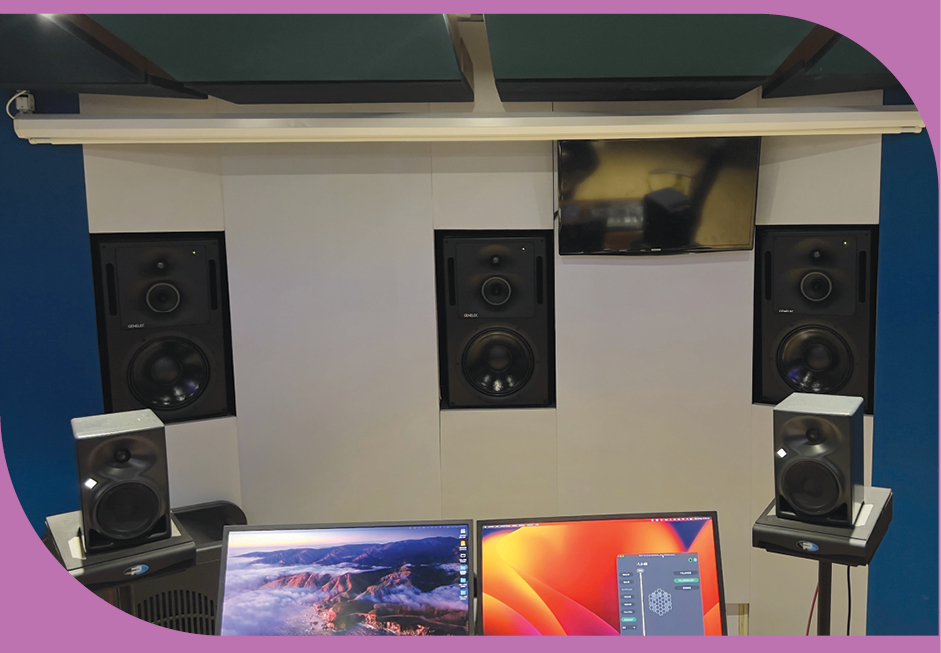
Zacs and Phils transform St. Joseph Church with a modern audio system that enhances worship through clarity,
precision, and reverence
read
more
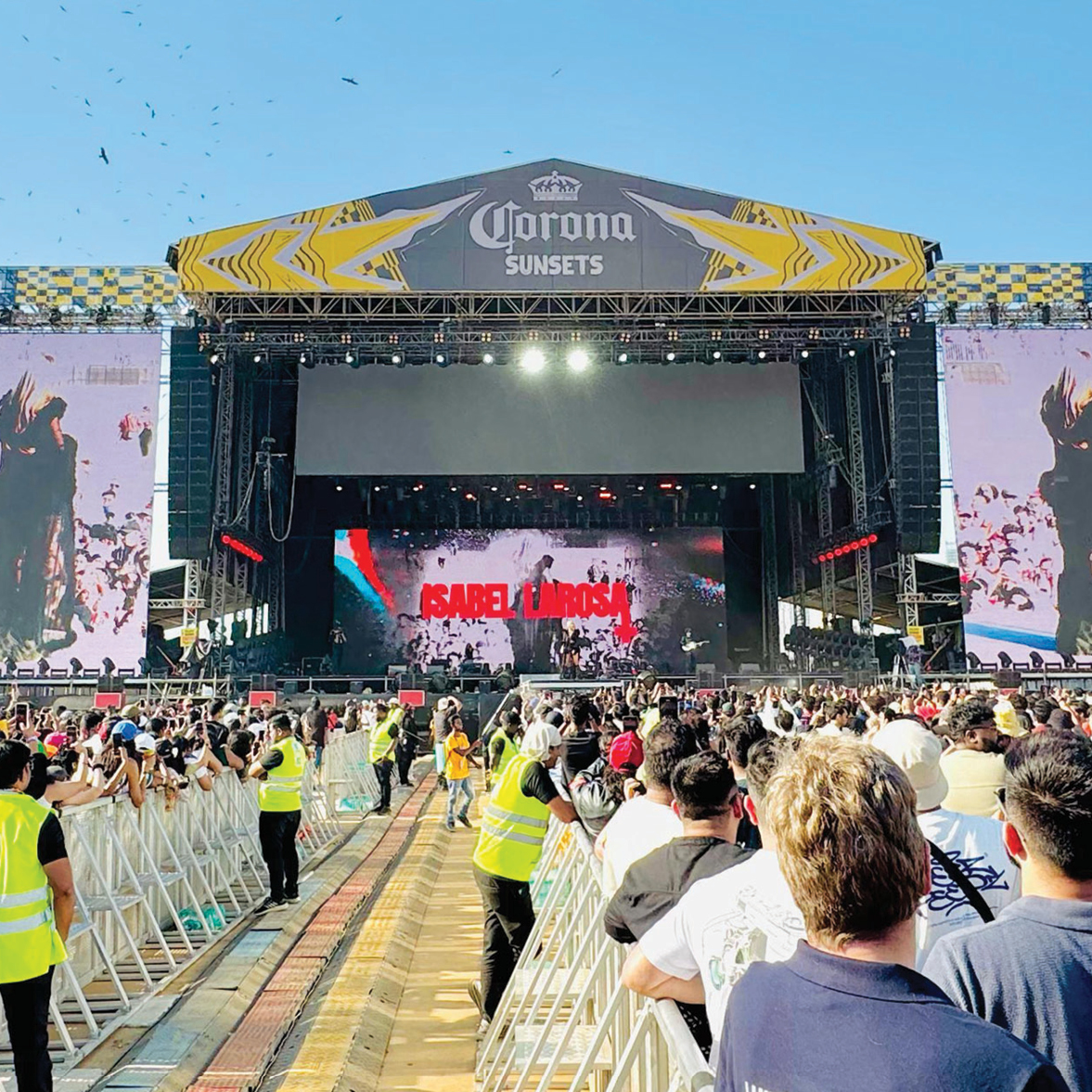
Mega Sound delivered flawless, large-format audio for Green Day and Shawn Mendes at Lollapalooza India 2025
using cutting-edge technology.
read
more
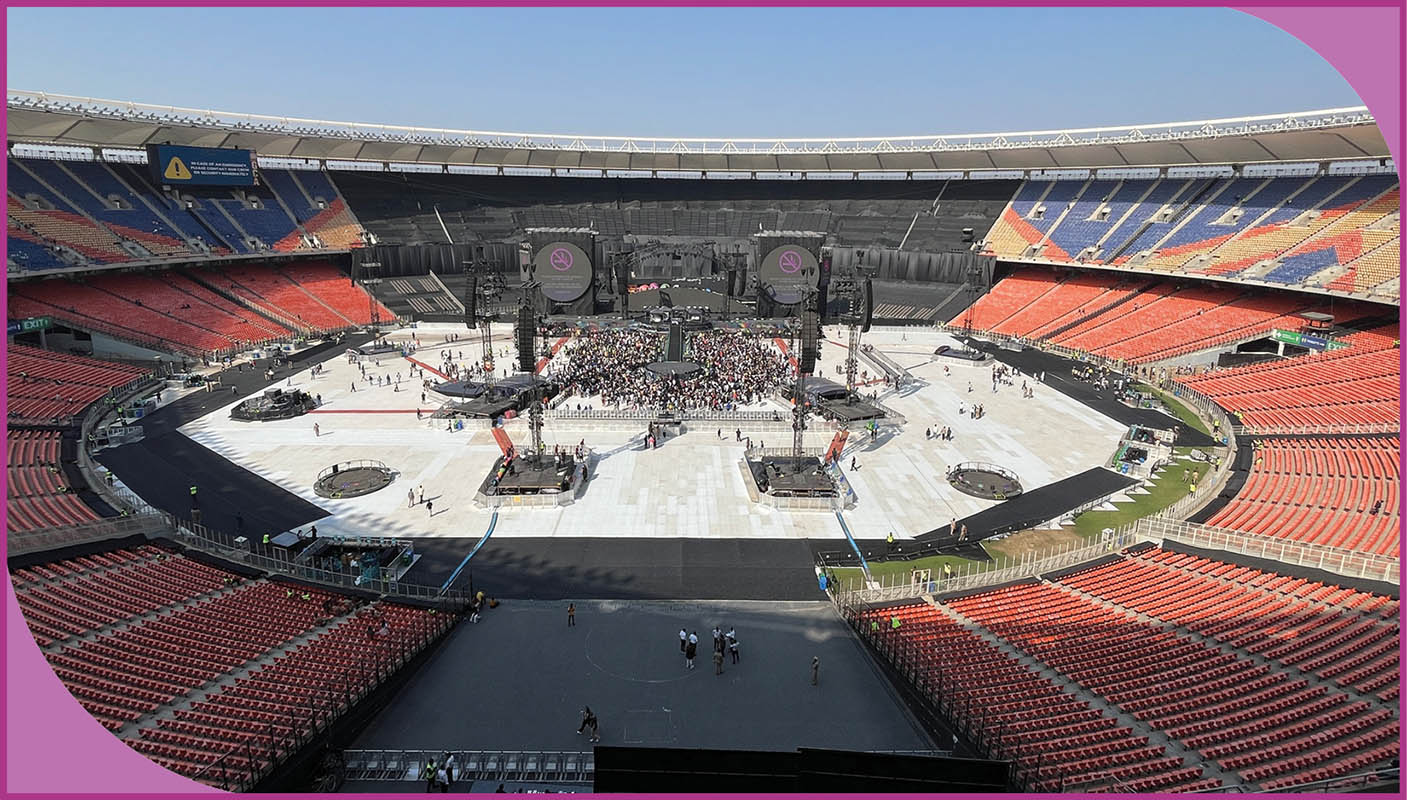
BookMyShow Live's Shipra Venkatesh leads a world-class stadium production with large-scale system integration,
power distribution, and advanced rigging.
read
more
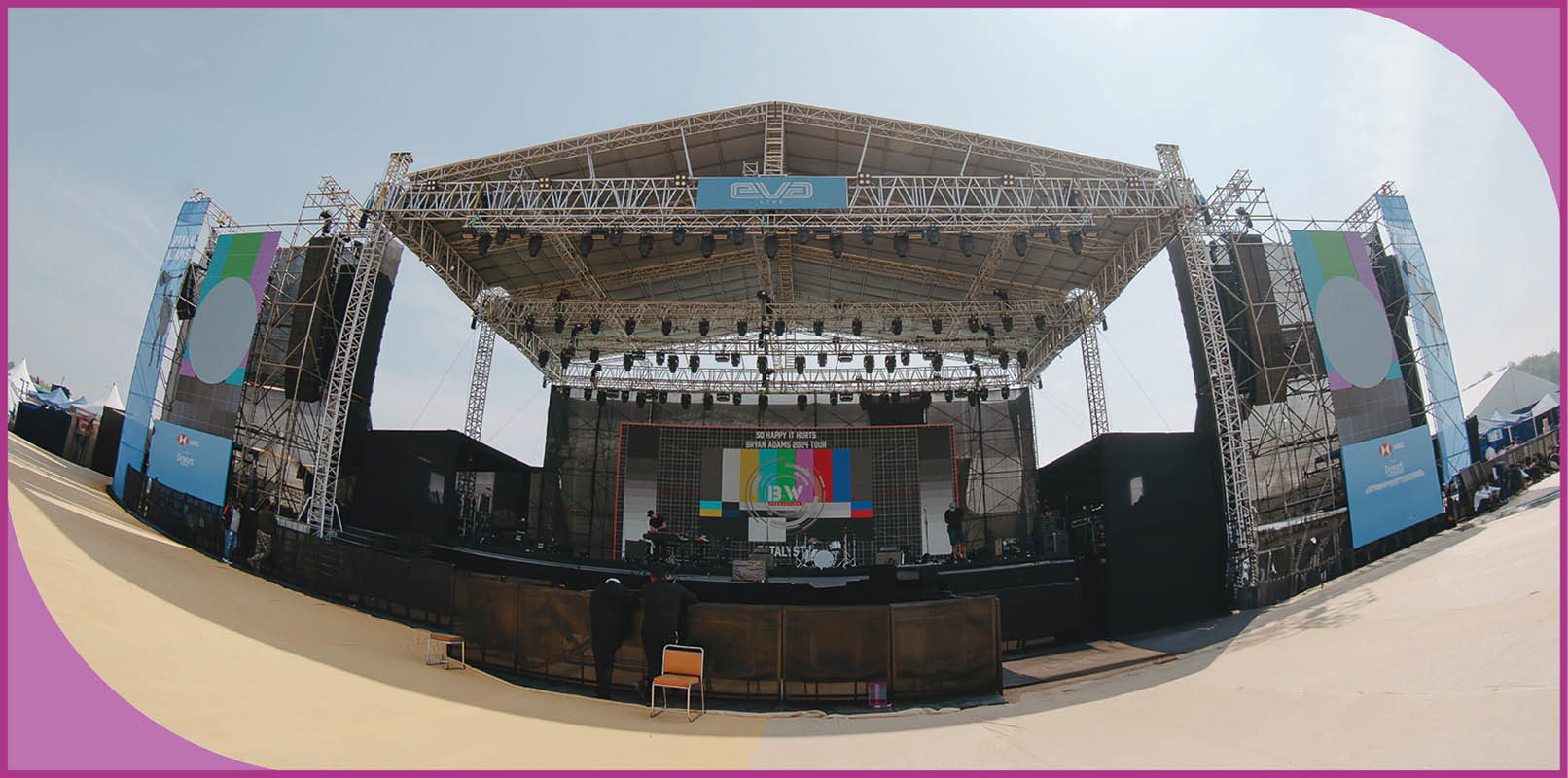
J Davis Prosound & Lighting and Graflex Inc. deliver world-class technical production for major live acts
touring across India.
read
more
Show
More